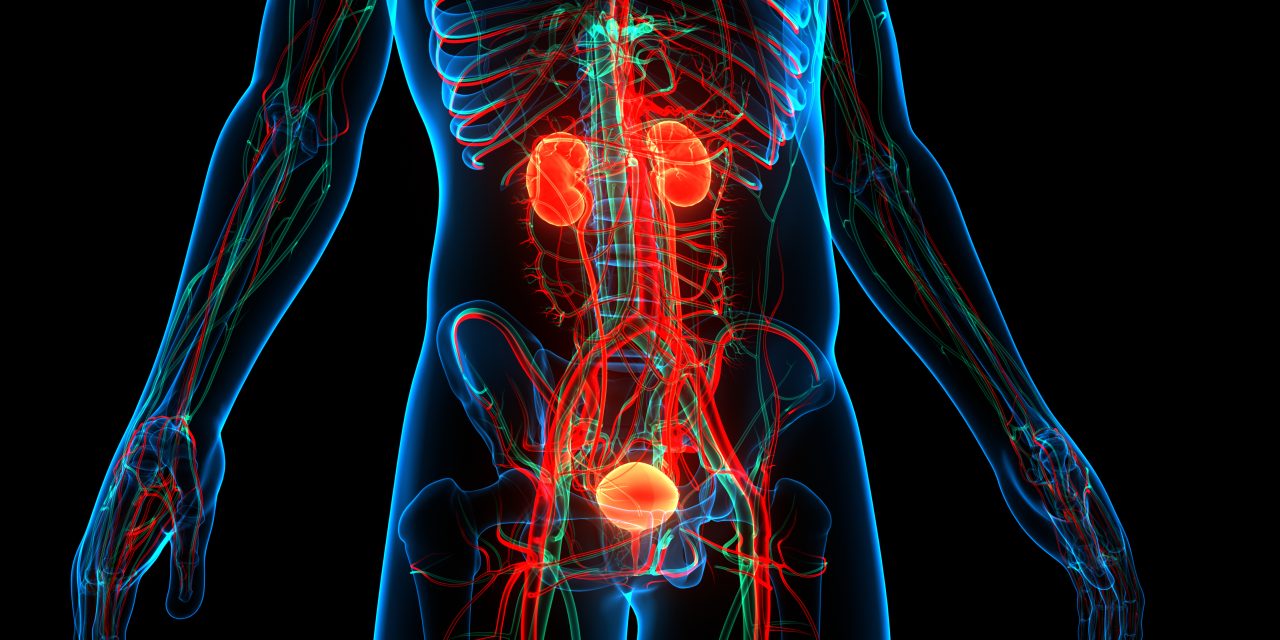The aim of this study was to determine the value of transrectal ultrasound in the definitive diagnosis of hypertrophic interureteral cristae and to provide a definitive diagnostic basis for clinical treatment.
When the patient’s bladder fills moderately, the ultrasound physician uses the transabdominal ultrasound probe to examine the patient’s bladder and prostate carefully, focusing on bilateral ureterovesical portals, a cord-like hyperechoic structure visible between the bilateral ureterovesical portals. For further detailed observation, transrectal probe was used to measure the size of Hypertrophic Interureteral Cristae and describe the shape and internal echo. After the examination, the residual urine volume of bladder was measured after one-time urination.
Hypertrophic interureteral cristae was a trilinear structure with a “high-low-high” echo. All the 33 patients had bladder wall thickening. In 9 cases of overfilling of bladder, there were slightly dilated ureterovesical portals at both ends of hypertrophic interureteral cristae. Thirty cases of benign prostatic hyperplasia, 11 patients who had undergone prostate hyperplasia surgery, 26 cases with different degrees trabecular and reticular hyperplasia of bladder wall, there were 9 cases with bladder diverticulum and 23 cases with mild hydronephrosis.
Transrectal ultrasound can confirm the diagnosis of Hypertrophic Interureteral Cristae.
Copyright © 2021 Wolters Kluwer Health, Inc. All rights reserved.
Ultrasonographic Features of Hypertrophic Interureteral Cristae in Transabdominal and Transrectal Ultrasonography.


